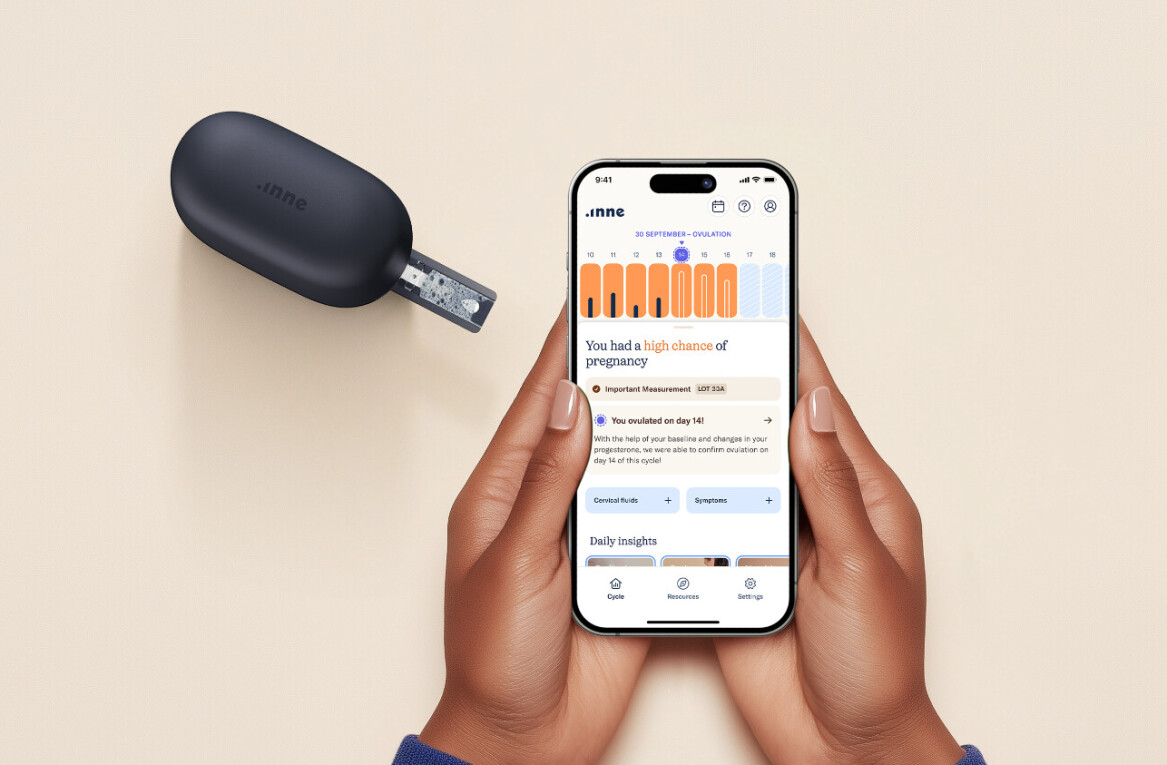
Every startup is a seed about to grow into something bigger, whether as an independent company or as a perfect fit for an even larger organization. You may not have started your company with this notion in mind, but eventually your employees, investors, and partners will want to know where you’re taking the company. According to Silicon Valley Bank’s 2018 survey, 57 percent of entrepreneurs see an acquisition as the realistic long-term goal for their startup.
An acquisition can be the ideal next chapter for a startup, if done correctly. I’d like to share with my fellow entrepreneurs what I consider to be the six key elements of a successful sale to a larger company: have the right mindset; nail your thesis; define your end result; research your acquirer; communicate honestly with everyone; and mind your reputation.
Let me break down each of those nuggets of advice:
1. Mindset: Stop calling it an exit
Exit sounds like an ending — a terminus. Last stop, everybody off! But that’s not it at all; the sale is a milestone for the company and its stakeholders, and that’s how you must think about and communicate it.
The sale of your company is a new chapter that allows you, your co-founders, and executives to expand your business and vision thanks to substantial new resources. Your employees should know that everything they’re working for today will have the same intrinsic value tomorrow, and that an acquisition represents as much of an opportunity for them as it does for the company. After all, most acquirers are buying more than a name and a customer list — they’re acquiring intellectual property and, more so than ever before, talent.
2. Nail your thesis
Even when you get an unsolicited call from a suitor, know that your company isn’t the only one your potential acquirer is pursuing. It may be talking to half a dozen companies at the same time. That means they really don’t know your company that well, or why they should even buy yours as opposed to someone else’s. And no one knows your company as well as you do.
To the extent that you’re interested in exploring a deal with the suitor, put yourself in that management team’s shoes. Provide them with the thesis or rationale on why you’re a smart strategic buy. Define for them how your business plays into their business. Explain how your strengths play into their weaknesses, and how their strengths play into your weaknesses.
Don’t expect them to have the narrative and value well defined for themselves, let alone for the other stakeholders they must convince. Give them a story with a strong hook, narrative, and emotional carry, supported by facts and figures.
But remember: Most people decide with their emotions, and then use facts to defend that gut-level decision. Make them fall in love with you and your company and believe in the dream that 1 + 1 = enormous.
3. Define your end result
For you to be happy with the end result, you first have to visualize it for yourself. Is it to make so much money that you and your executive team will never have to work again? That might seem like the obvious answer if you’ve never been in that position before. I have, and I chose to keep working at the company I helped build and helped sell because I truly love what we do and take pride in what we will be able to accomplish as part of a much larger company.
Other end results might include creating new opportunities for your employees, bringing new jobs or greater economic stability to your community, or having a bigger platform for your vision.
But if you haven’t defined that result in your own mind, chances are slim that the acquisition will produce it. You have to know what you want beyond, “I want to sell.”
4. Research: do your homework
Don’t take what people say or what you think you know about a company at face value. Use the tools at your disposal, including
Glassdoor to know what employees of your suitor have to say about management, the CEO, and the culture.
LinkedIn to find people you already know who may have worked there.
The opinion of a respected analyst firm to find out what third-party experts think about your suitor’s strategy and products.
It’s important to understand what it’s like to work at that company, what its mission is, and how deeply held that mission statement is throughout the organization. Do they just pay lip service to a slogan, or do they live it every day?
And why would they want to acquire your company? Is it just for your patent portfolio, your market share, or your talent, too?
5. Communicate with everyone honestly
As I mentioned earlier, all of your company’s employees know in the backs of their minds that at some point something will change. You might take your company public, sell it to a company with deeper pockets, or even just hang on until it goes out of business or you retire.
While you don’t want that uncertainty to become a distraction, know that your people will have questions after they watch a parade of suits walking out of the executive boardroom. Being forthright with your employees helps them see the potential sale as you do — as a milestone, not an exit.
Tell your people when companies have a genuine, strategic interest in your company, if only to validate the work they’re already doing. “Hey, we’re a great company, and other people have noticed!”
Treat your people like adults. They’ll respect the fact that you can’t tell them everything but will appreciate your honesty and find inspiration from the external validation. Be transparent about how proud you are of what they’re doing, and how optimistic you are about the company’s future.
You should also be transparent about their futures in the event of an acquisition. Just as it represents an opportunity for the company to grow, it also represents an opportunity for careers to grow, either at the newly formed enterprise you create, or somewhere else if that’s the direction they choose to take. They can either find a fit in the new organization, or use the transaction as a launching pad for their own careers.
Also be ready to talk with customers as soon as a deal is done. Help them understand the strategic rationale for the deal, and the intent of the acquirer. Be straightforward: Things will change, but for the better. Reassure customers that you will communicate frequently.
Timing is also critical. As soon as our deal with Oracle was publicly announced, we had emails ready to go to all of our customers, reassuring them that they would continue getting the same service and attention they had come to expect from Dyn. We also armed our customer success teams with talking points, and we organized webcasts on which customers could ask us questions.
6. Mind your reputation
Selling a company is similar to selling a house. It’s smart to talk to a number of suitors. The difference, of course, is that you can’t talk to them about each other.
That said, it’s important to be honest with the people with whom you’re negotiating. Life is long, the world is small, and unhappy suitors will remember how you treated them at another juncture down the road.
And once you do accept an offer, you must close communications with the other interested parties — always acting with integrity and respect.
Finally, once the deal closes, the real work begins. If you’ve been transparent along the way, communicating properly with employees and customers, it’ll be a lot easier to make the deal successful in the long term. Because as I always say, you must play the long game.
Get the TNW newsletter
Get the most important tech news in your inbox each week.




